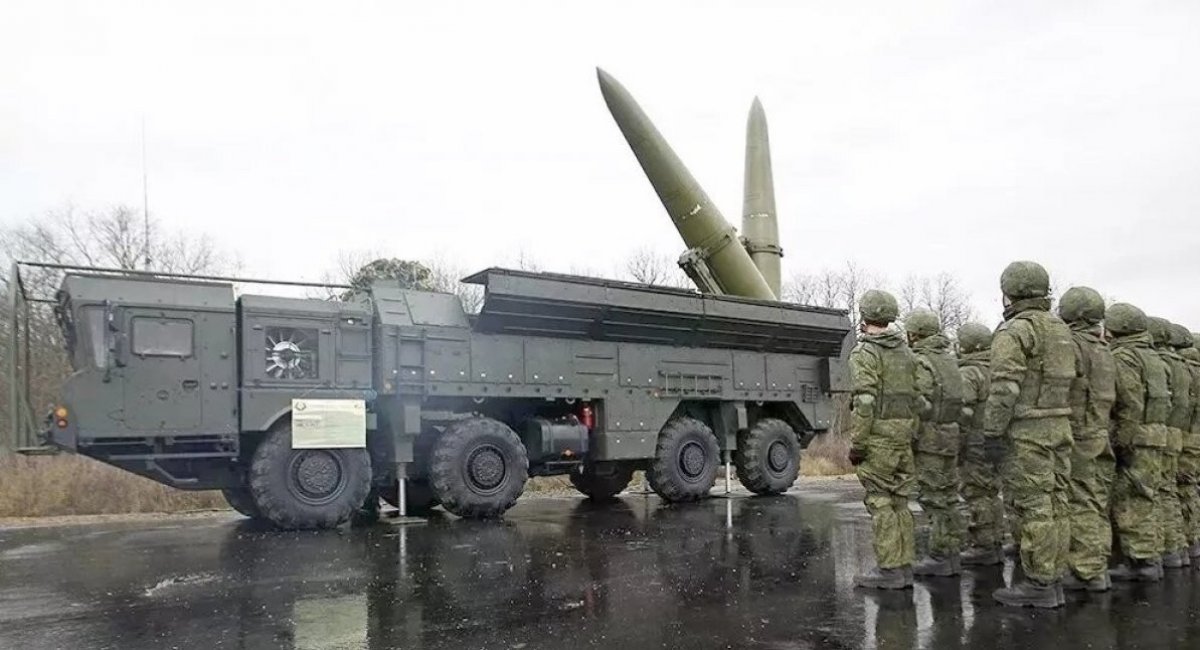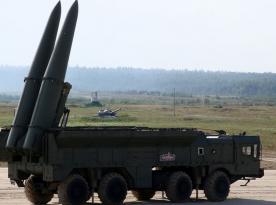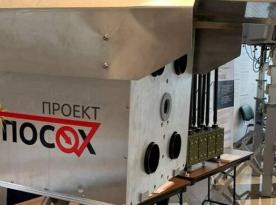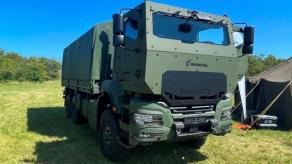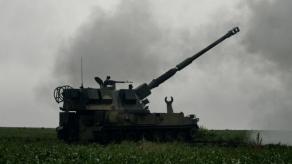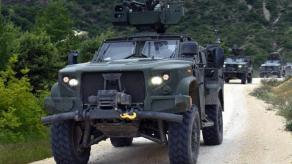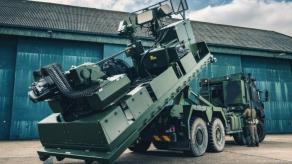Between 2024 and 2026, Roscosmos is set to receive $12 billion in funding directly from the federal budget. However, according to a new report by the Royal United Services Institute (RUSI), this money is unlikely to be spent on lunar exploration or peaceful space missions. Instead, the funds will largely support the production of cruise and ballistic missiles, including the Iskander systems and their key components.
Despite its civilian image abroad, Roscosmos has long played a significant role in russia’s military-industrial complex. It is the institutional successor to the Soviet-era Ministry of General Machine Building, which was responsible for both space and missile development, including intercontinental ballistic missiles like the Yars and Bulava.
Read more: North Korea’s Latest ICBM Raises Global Concerns with Striking Resemblance to russia’s Yars Missile
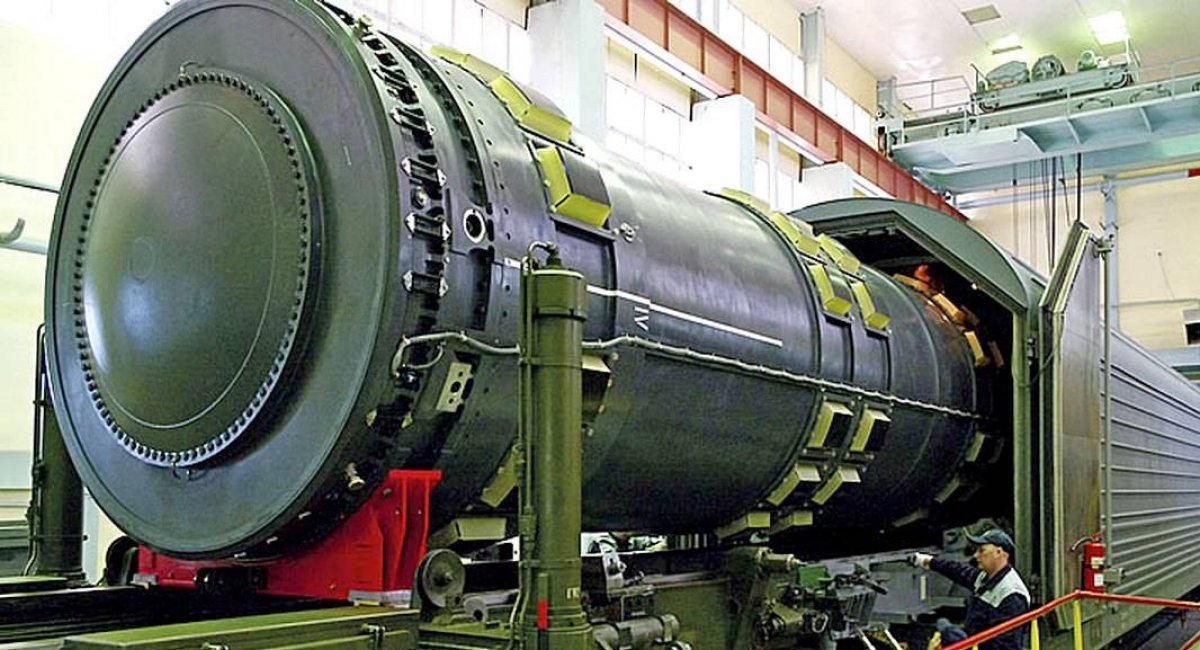
The RUSI report highlights how the agency continues to operate under this dual-use model. Its recent financial activities reveal a close relationship with russia’s defense sector: in 2024, Roscosmos subsidized the Moscow Power Engineering Institute, which works on the ICBMs. It also injected $1 billion into the Yaroslavl Radio Plant, a key supplier of military satellite equipment.
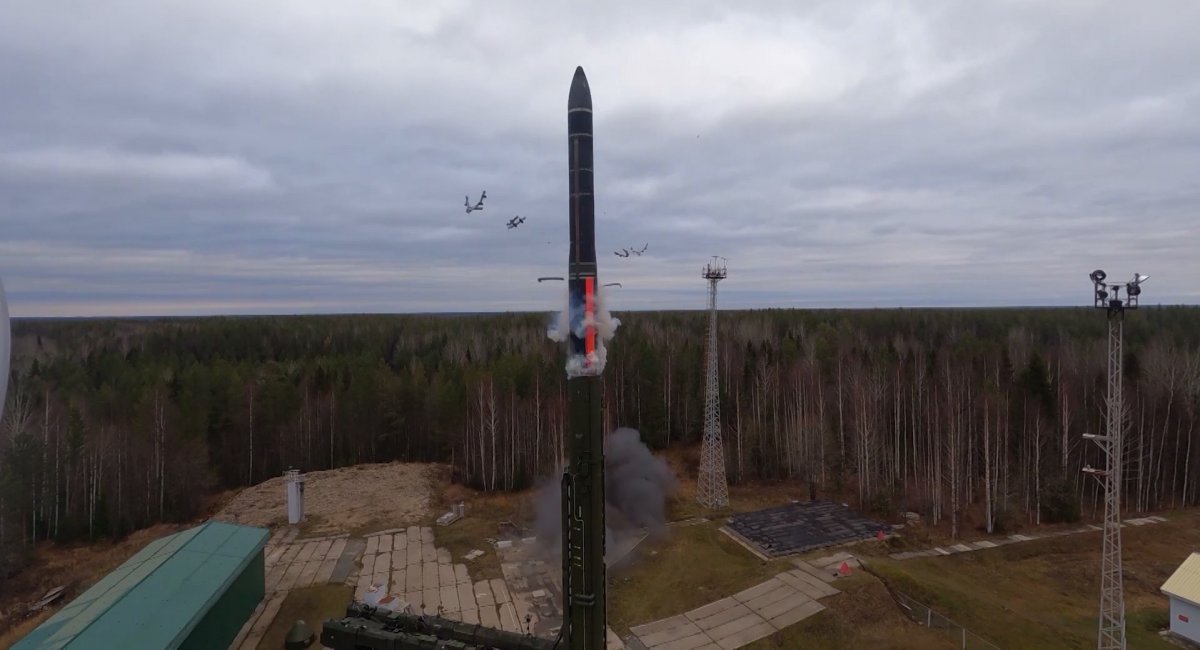
The leadership history of Roscosmos further underlines its military ties. Both Dmitry Rogozin and Yury Borisov, the agency’s recent heads, previously served as deputy prime ministers responsible for the defense industry. This background, the RUSI argues, makes clear that Roscosmos is far more than a civilian space agency, it is a central player in the Kremlin’s covert efforts to bolster its military capacity under the guise of space exploration.
Read more: Satellite Reveals russia’s R-30 Bulava Nuclear Missile Preparation from Space




